Table of Contents
Accidental nitrogen asphyxiation is a hidden danger that can strike silently and swiftly, often in everyday work environments. While nitrogen is an essential part of the air we breathe, making up about 78% of our atmosphere, it can become a lethal threat when its concentration increases in confined spaces. This colorless, odorless gas is widely used in various industries, from food packaging to manufacturing, but its potential for harm is often underestimated.
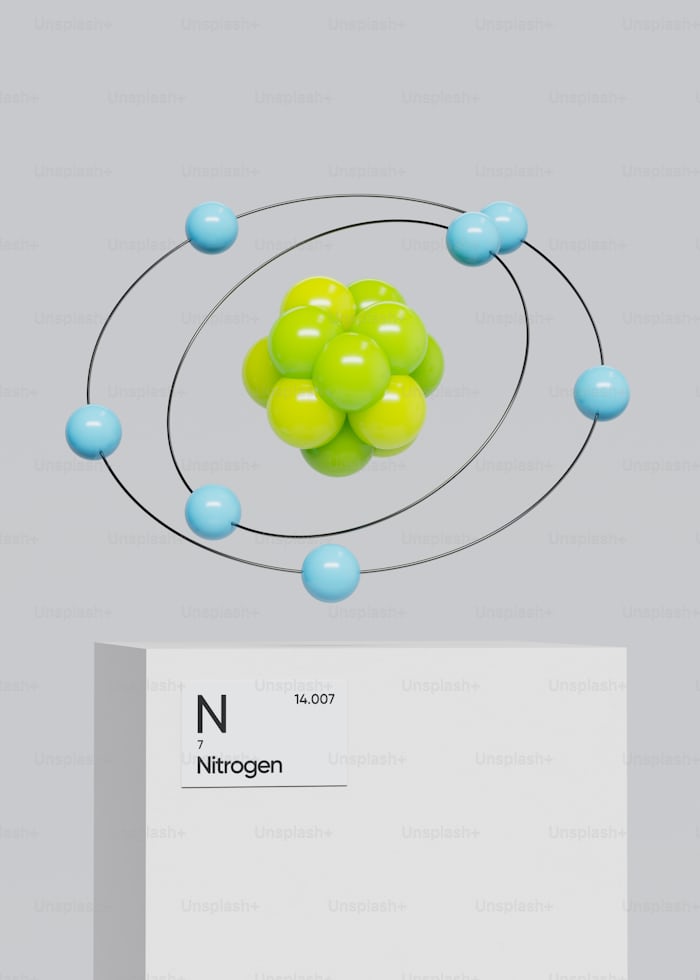
In this article, we’ll explore the risks associated with nitrogen exposure, how to recognize the signs of danger, and most importantly, how to prevent these life-threatening incidents. Whether you work in an industry that uses nitrogen or simply want to be informed about potential workplace hazards, understanding accidental nitrogen asphyxiation could save lives. Let’s dive into this crucial topic and uncover the facts you need to stay safe.
Understanding Nitrogen: Properties and Common Uses
Nitrogen is more than just a component of the air we breathe. This versatile element plays a crucial role in our world:
Key properties
- Colorless and odorless gas
- Inert and non-flammable
- Slightly lighter than air
- Liquefies at extremely low temperatures (-196°C or -320.8°F)
Common uses of nitrogen include
- Food packaging: To preserve freshness and extend shelf life
- Manufacturing: For creating an inert atmosphere in certain processes
- Healthcare: In cryogenic procedures and to preserve biological samples
- Electronics: To create controlled environments for sensitive components
- Tire inflation: To maintain consistent pressure in vehicle tires
While nitrogen is essential and widely used, it’s important to understand its potential risks when not handled properly.
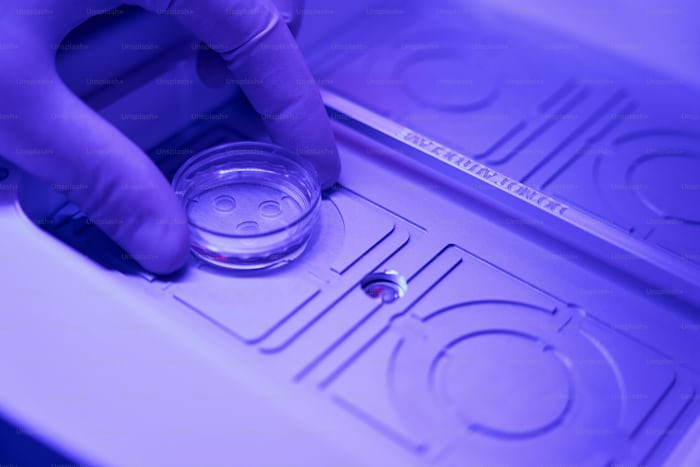
The Silent Danger: How Nitrogen Can Cause Asphyxiation
Despite its prevalence in our atmosphere, concentrated nitrogen can pose a serious threat:
Oxygen displacement
- When nitrogen concentration increases in an enclosed space, it pushes out oxygen.
- Our bodies can’t detect the lack of oxygen when breathing high concentrations of nitrogen.
- Just a few breaths in a nitrogen-rich environment can lead to unconsciousness
The asphyxiation process
- Normal air contains about 21% oxygen. As nitrogen levels rise, oxygen levels fall
- At 19.5% oxygen, the environment is considered oxygen-deficient
- Below 16% oxygen, judgment and breathing are impaired
- At 6-8% oxygen, loss of consciousness occurs within minutes
- Below 4% oxygen, death can occur in seconds
Why it’s called “silent”
- Nitrogen doesn’t cause irritation or obvious symptoms before unconsciousness
- Victims may not realize they’re in danger until it’s too late
- There’s often no warning smell or visible sign of the hazard
Understanding this silent danger is crucial for prevention. In the next sections, we’ll explore where these risks are most likely to occur and how to protect yourself and others from accidental nitrogen asphyxiation.

Scenarios and Industries at Risk for Accidental Nitrogen Asphyxiation
Accidental nitrogen asphyxiation can occur in various settings, particularly in industries where nitrogen is commonly used:
Manufacturing and Chemical Processing:
- Risk of accidental nitrogen asphyxiation in confined spaces like reactors or storage tanks
- Potential for leaks during nitrogen purging processes
Food and Beverage Industry:
- Use of liquid nitrogen in freezing and packaging increases risk of accidental nitrogen asphyxiation
- Confined spaces in breweries and wineries pose asphyxiation dangers
Healthcare and Laboratory Settings:
- Cryogenic storage areas prone to accidental nitrogen asphyxiation if improperly ventilated
- Risk during sample preservation or cryotherapy procedures
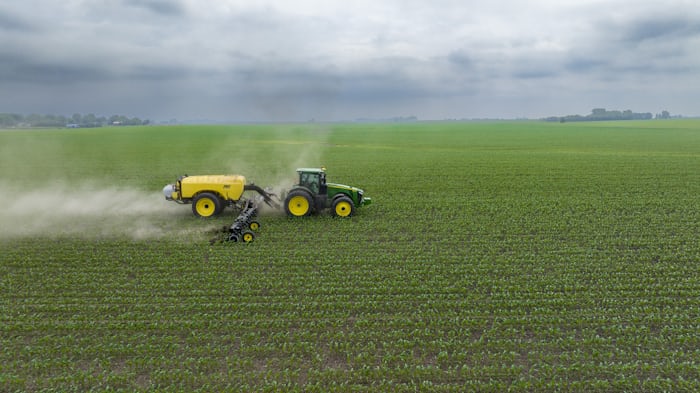
Agriculture:
- Grain silos and storage facilities use nitrogen, raising accidental nitrogen asphyxiation risks
- Fertilizer production involves nitrogen, creating potential for asphyxiation incidents
Oil and Gas Industry:
- Nitrogen used for purging pipelines, increasing accidental nitrogen asphyxiation risk
- Confined spaces in refineries pose significant dangers
Common scenarios leading to accidental nitrogen asphyxiation
- Equipment malfunctions causing undetected leaks
- Entering improperly ventilated spaces without proper safety checks
- Mishandling of liquid nitrogen, leading to rapid gas expansion in enclosed areas
- Failure to follow proper lockout/tagout procedures during maintenance
Understanding these risk scenarios is crucial for preventing accidental nitrogen asphyxiation across industries.
Recognizing the Signs and Symptoms of Accidental Nitrogen Asphyxiation
Early detection of accidental nitrogen asphyxiation is critical for saving lives. Be aware of these signs:
Initial symptoms (may be subtle)
- Rapid breathing
- Fatigue
- Nausea
- Impaired judgment
As accidental nitrogen asphyxiation progresses:
– Shortness of breath
– Dizziness or lightheadedness
– Weakness
– Euphoria (potentially masking danger)
Severe symptoms of accidental nitrogen asphyxiation
- Confusion and disorientation
- Loss of consciousness
- Bluish skin color (cyanosis)
- Weak pulse

Critical signs of accidental nitrogen asphyxiation
- Cessation of breathing
- Cardiac arrest
Important considerations
- Symptoms of accidental nitrogen asphyxiation can onset rapidly
- Victims may not recognize their own symptoms due to cognitive impairment
- Multiple individuals experiencing similar symptoms in one area strongly suggests accidental nitrogen asphyxiation
Visual cues for bystanders
- Unusual behavior or sudden collapses in nitrogen-use areas
- Frost or condensation on pipes, indicating potential nitrogen leaks
- Visible gas clouds or fog-like appearance in enclosed spaces
Remember, accidental nitrogen asphyxiation is a silent danger. Victims may lose consciousness without warning, making quick recognition and response crucial. If you suspect accidental nitrogen asphyxiation, act immediately: remove the person from the area if safe, call emergency services, and begin CPR if necessary and you’re trained to do so.
Prevention Strategies and Safety Protocols
Preventing accidental nitrogen asphyxiation is crucial for workplace safety.
Here are key strategies to minimize risks
Engineering controls:
- Install proper ventilation systems in areas where nitrogen is used
- Use oxygen monitoring devices to detect low oxygen levels
- Implement automatic shut-off valves for nitrogen systems
Administrative controls:
- Develop and enforce strict safety procedures for handling nitrogen
- Provide comprehensive training on the dangers of accidental nitrogen asphyxiation
- Implement a permit system for entering confined spaces
- Conduct regular safety audits to identify potential risks for accidental nitrogen asphyxiation
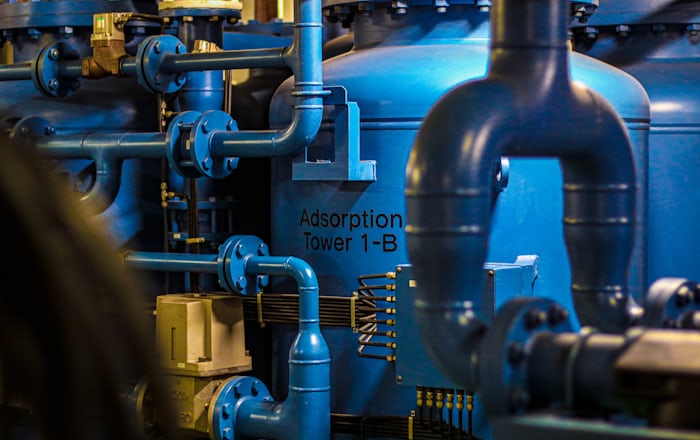
Personal protective equipment (PPE):
- Use appropriate respirators when working in potentially oxygen-deficient areas
- Wear cryogenic gloves and face shields when handling liquid nitrogen
Signage and warnings:
- Clearly mark areas with potential nitrogen hazards
- Post visible warnings about the risk of accidental nitrogen asphyxiation
Emergency preparedness:
- Develop and practice emergency response plans for accidental nitrogen asphyxiation incidents
- Ensure all workers know how to activate emergency alarms
- Conduct regular drills to prepare for potential accidental nitrogen asphyxiation scenarios
By implementing these strategies, workplaces can significantly reduce the risk of accidental nitrogen asphyxiation and create a safer environment for all employees.
First Aid and Emergency Response for Nitrogen Exposure

Quick and appropriate action is vital in cases of suspected accidental nitrogen asphyxiation:
Immediate steps:
- Assess the scene: Ensure it’s safe to approach without risking your own exposure to nitrogen.
- Call for emergency services immediately
- If safe, remove the victim from the nitrogen-rich area to fresh air
- Begin CPR if the person is not breathing and you are trained to do so
For conscious victims of accidental nitrogen asphyxiation:
- Keep them calm and still
- Encourage slow, deep breathing
- Monitor their condition until emergency services arrive
For unconscious victims:
- Check for breathing and pulse
- If absent, begin CPR if trained
- Use an automated external defibrillator (AED) if available and appropriate
Follow-up care:
- All victims of suspected accidental nitrogen asphyxiation should receive medical evaluation, even if they seem recovered
- Be aware of potential delayed symptoms or complications
Workplace protocols:
- Designate and train specific employees as first responders for accidental nitrogen asphyxiation incidents
- Ensure easy access to emergency equipment like oxygen supplies and AEDs
- Conduct regular drills to practice response to accidental nitrogen asphyxiation scenarios
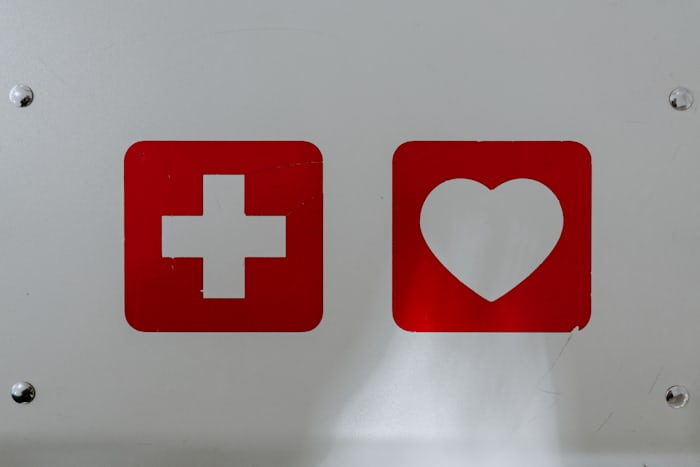
Remember, prevention is always better than response. While these emergency procedures are crucial, the primary focus should be on preventing accidental nitrogen asphyxiation through proper safety measures and awareness. By understanding the risks, recognizing the signs, and knowing how to respond, we can work together to prevent tragic incidents of accidental nitrogen asphyxiation and ensure safer workplaces for everyone.
Follow On:
